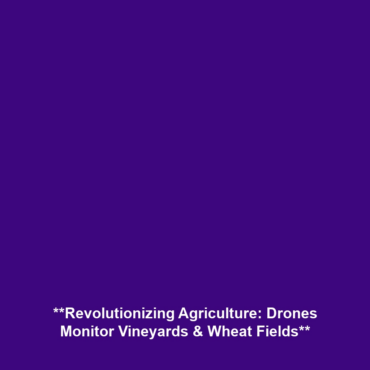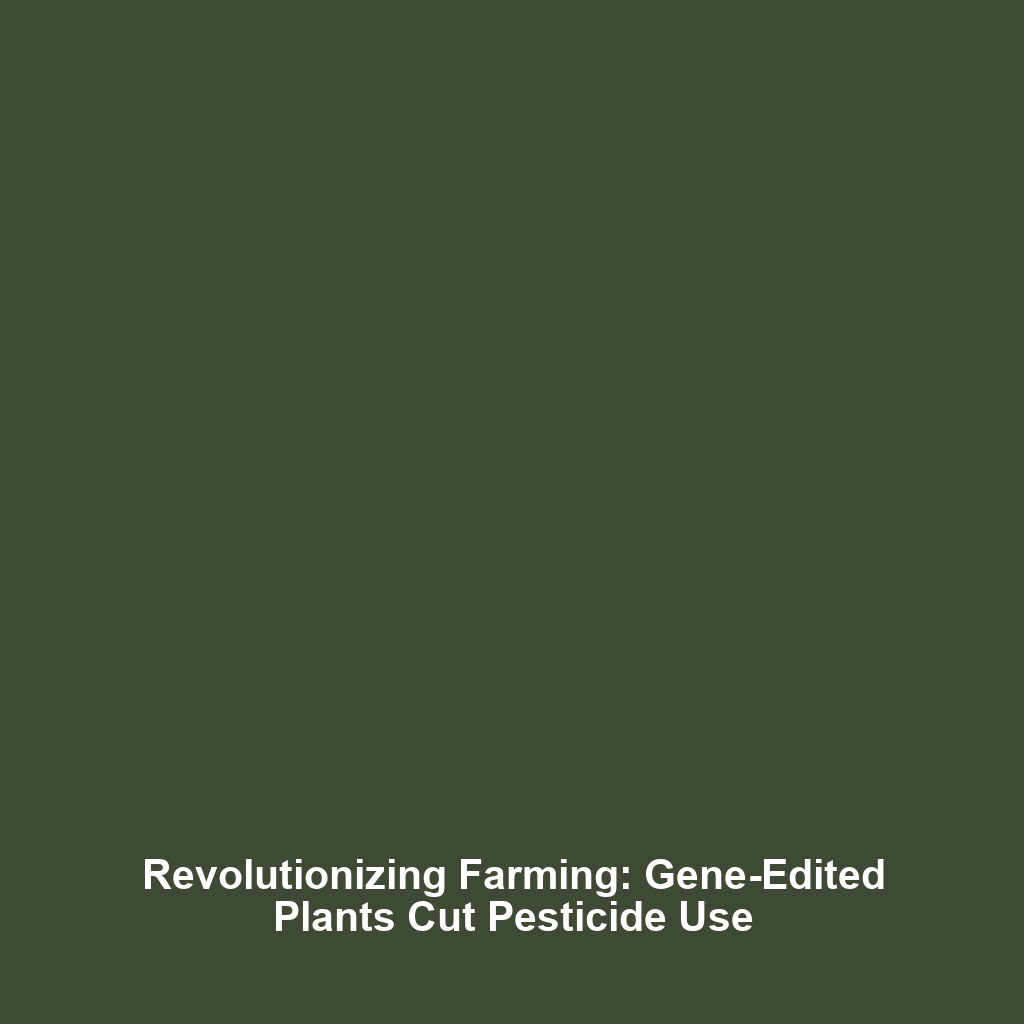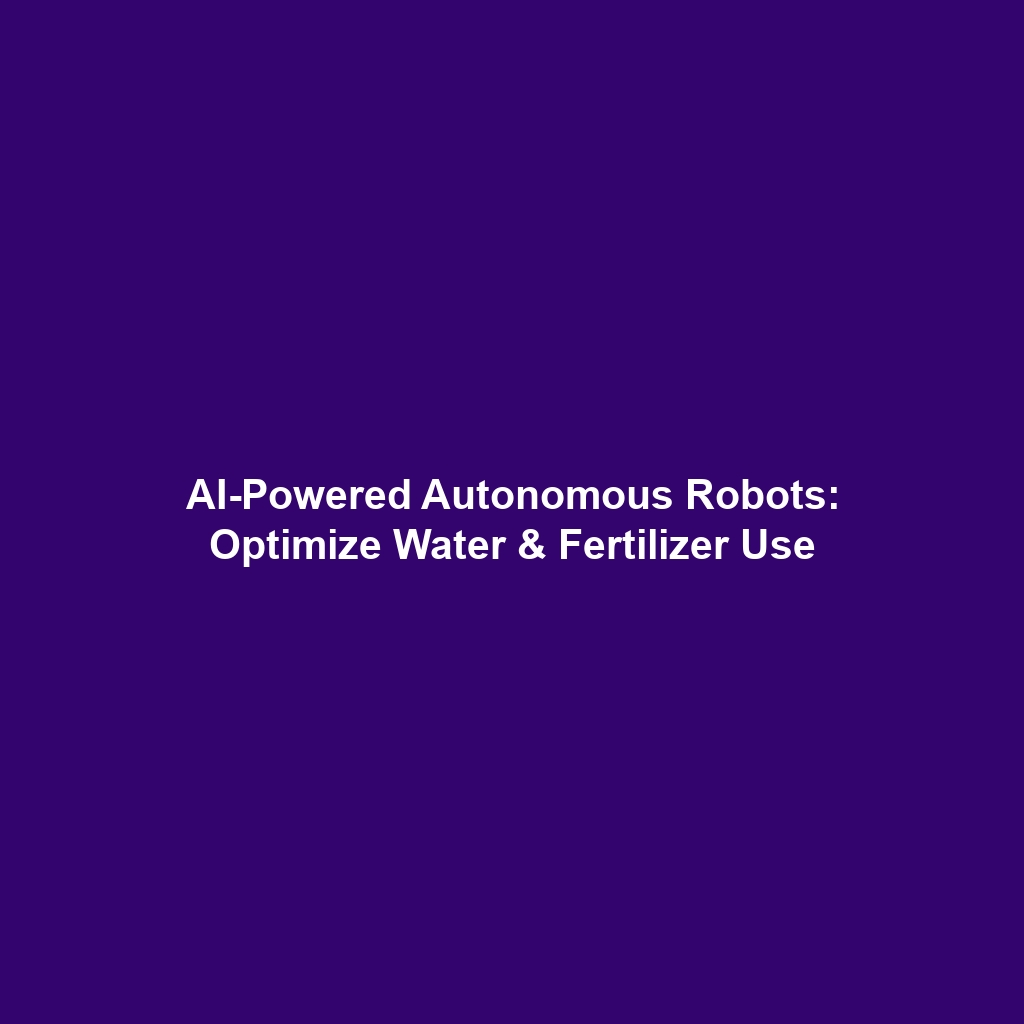Case Studies: Drones Monitoring Vineyards, Wheat Fields, and Other Large-Scale Agricultural Systems
Introduction
Drones are revolutionizing agriculture by providing advanced monitoring capabilities in large-scale systems such as vineyards and wheat fields. These unmanned aerial vehicles (UAVs) enable farmers to enhance productivity, optimize resources, and improve crop management strategies. As a vital component of Drones in Science, the use of drones in agricultural monitoring is becoming increasingly significant. This article will explore various case studies illustrating the applications of drones in these contexts, their implications for modern agriculture, and the innovations shaping the future of this technology.
Key Concepts
Understanding Drones in Agriculture
Drones, equipped with sophisticated sensors and imaging systems, are capable of monitoring extensive agricultural landscapes. Key concepts relevant to their application in vineyards and wheat fields include:
- Remote Sensing: Utilizing drones to capture high-resolution imagery and data analytics, which help in assessing crop health.
- Precision Agriculture: Integrating data collected from drones to inform agricultural decisions, leading to better resource management.
- Timely Intervention: Drones facilitate the monitoring of changes in crop conditions, allowing for prompt interventions to enhance yield.
Applications and Real-World Uses
The application of drones in monitoring vineyards, wheat fields, and large-scale agricultural systems demonstrates their versatility and efficiency. Here are some notable use cases:
- Drones in Vineyards: UAVs are used to monitor vine health, assess water stress, and optimize irrigation, greatly enhancing wine production quality.
- Drones in Wheat Fields: Farmers deploy drones to conduct aerial surveys, identify pest infestations, and manage crop diseases effectively.
- Soil Analysis: Drones equipped with multispectral cameras can offer insights into soil health, guiding the appropriate application of fertilizers.
Current Challenges
Despite the remarkable advancements, the application of drones in agriculture faces several challenges:
- Regulatory Restrictions: Compliance with flight regulations can limit the operational range and usage of drones.
- Data Management: The vast amount of data collected requires robust systems for analysis and interpretation.
- Initial Investment: High costs associated with acquiring drones and necessary technologies can be a barrier for small to medium-scale farmers.
Future Research and Innovations
The future of drone technology in agriculture looks promising, with ongoing research focusing on enhancing drone capabilities. Innovations include:
- AI Integration: Leveraging artificial intelligence for improved data analysis and decision-making processes.
- Swarm Technology: Utilizing multiple drones for coordinated monitoring and data collection across large fields.
- Sustainable Practices: Research aimed at integrating drones with sustainable farming practices to minimize environmental impact.
Conclusion
In conclusion, the case studies of drones monitoring vineyards, wheat fields, and other large-scale agricultural systems highlight their significant role in advancing agricultural practices. As technology evolves, the integration of drones within the agricultural sector promises increased efficiency and productivity. For those interested in exploring the potential of drones further, we recommend delving into additional resources on drones in precision agriculture and drone technology advancements.



